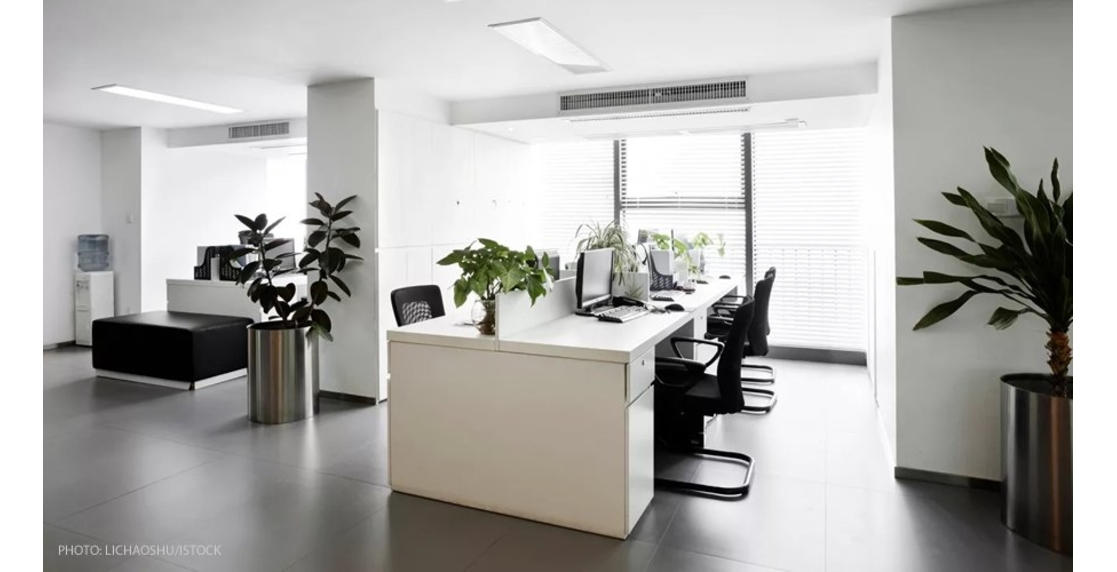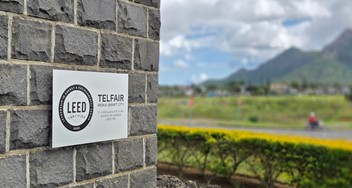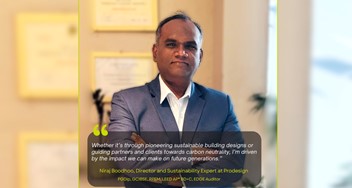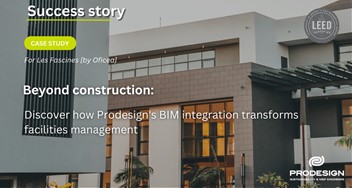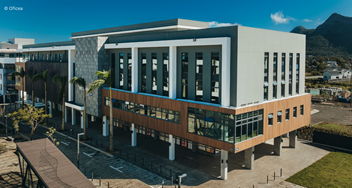Minimising exposure to COVID-19 at work: four things employers need to do in their workplaces to mitigate contamination
With the COVID-19 pandemic, the world is experiencing a new normal. This new normal is and will continue to be very different to the world we have known. Handshaking is no longer possible, no kisses, no hugs, staying away from each other…. In short, our habits have to change.
With the lockdown expected to be lifted shortly and many of us returning to work, there is a need to address COVID-19 safety measures in our buildings to ensure people’s health and safety.
Information on COVID-19 is being updated daily and, as President Macron has put it, what we knew yesterday is no longer valid today. The worldwide scientific community is working hard to find a cure and/or a vaccine, and also sharing vital information about the virus’ behaviour. Whereas it was initially believed that COVID-19 is not an airborne virus, propagating mainly through droplets of saliva or the nose that do not travel far and drop quickly to the ground (WHO), more recent studies and research articles are providing conflicting evidence.
“There is great concern about the real possibility of transmission through the air of various pathogens, especially SARS-CoV-2, among frontline and administration staff in healthcare facilities, office workers, retail workers and customers, manufacturing workers, and residents in private and public facilities, as well as the general public in outdoor settings and in public transportation.” - ASHRAE, 24 April 2020.
Many countries have based themselves on the latest information available on the virus to outline a series of measures to be adopted at work to control the spread of the virus. In this article, I provide a set of guidance to building owners and operators on the four things to do on the heating, ventilation and air-conditioning (HVAC) side, to ensure a safe working environment:
1. Increase the outdoor-air ventilation rate
In many buildings with air-conditioning system, fresh air is supplied at a fixed rate through mechanical means, generally fans. The fresh air supply rate, which also determines the ventilation rate, should generally follow either CIBSE standards or ASHRAE. It is worth noting here that the Energy Efficiency Building Code for Mauritius specifies ASHRAE 62.1 standards for ventilation rates. Things to do include:
a. Increase fresh air and extract fan speeds or open all dampers to maximum position to allow maximum amounts of fresh air to get into the building. Check your fresh air supply rate inside the office, measured at the fan with a normal flow meter, and then divide this by the number of people in your office. Aim to have a ventilation rate of more than 8l/s per person. Ideally around 13l/s per person.
b. Limit or eliminate indoor air recirculation as far as possible. Where this is not fully possible consider de-sanitising the recirculated air by installing UVGI ultra-violet germicidal irradiation lights in the return air stream. I am still investigating on the use of room UV units and will update on a later post. The challenge again is procuring these units in the prevailing situation.
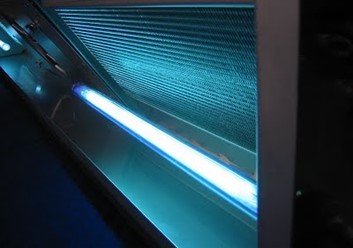
Figure 1: UV Lights in Ducting
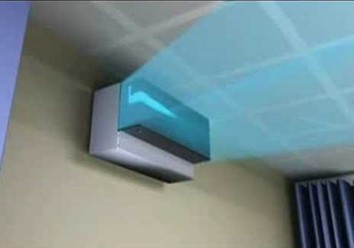
Figure 2: Room UVGI Units
c. Review the air flow pattern of your diffusers and fan pressure regimes to minimise cross flows across zones or departments. This will be like checking the pressure differential between rooms and ensuring they are more or less the same within a functional unit, to prevent air from moving from one zone to the other. In doing so, the risk of virus propagation amongst different departments is reduced. U-tube manometers can be used to assess pressure differential values, or a basic hose water level could do so in some cases.
d. Last, but not least, consider natural ventilation. Open all doors and windows if possible, allowing much higher ventilation rates. Obviously this can be challenging in Port Louis or noisy or polluted areas, in which case we recommend regularly flushing the office by opening all windows in the morning, during tea breaks and lunch time, and for a couple of hours after office hours before security staff leave the premises.
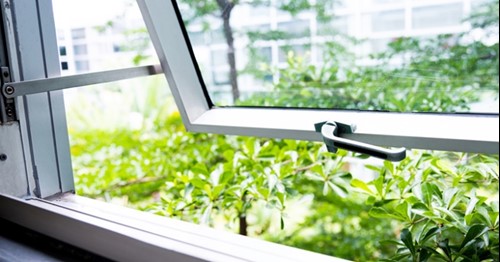
2. Humidity Control
ASHRAE cites two reports that suggest that the most unfavourable condition for survival for microorganisms is when relative humidity (RH) is between 40% and 60%. In fact, infectious aerosols (a collection of pathogen-laden particles) when emitted in very dry air (low humidity) tend to shrink and become droplet nuclei, which can remain in the air for longer periods of time and are capable of travelling longer distances.
Admittedly, it would be very challenging to achieve 40% RH in a hot and humid place like Mauritius and I therefore tend to advocate a 60% value. This can be easily monitored with a digital thermometer, which is easily available locally, or by the traditional wet and dry bulb mercury thermometer which can be purchased in many corner stores.
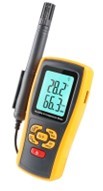

3. Improve Filtration
ASHRAE recommends a minimum filter efficiency of 90% in centralised air-conditioning systems as part of its control response to Covid-19. In most offices, this value is about 80% and upgrading it to 90% or higher should not be too complex a task. Talk to your maintenance service provider or contractor, who should be able to deal with that quite quickly, unless your system is very old and procuring spares might be challenging. In buildings with split or similar unitary equipment (VRV or fan coil units) I recommend that you install stand-alone HEPA air filtration units, also known as air purifiers. Check whether those available in local shops have HEPA filters.
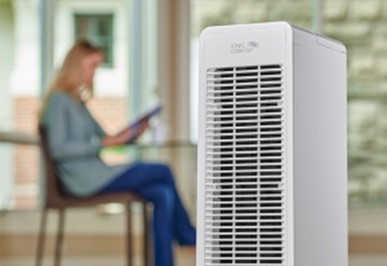
4. Maintain your system properly
It is a sad fact that many buildings’ HVAC systems are not properly maintained, especially ducting and installation forming part of the air supply systems. In some buildings, ducts have never been cleaned since they were installed decades ago. The blame is not on the owner, but a lack of expertise and specialist equipment required for such kind of works. That said, with Covid-19 posing a serious health risk, it is time that you consider a proper cleaning of all ducts, fans, filters and diffusers to avoid any micro-organisms being trapped in them. Some of these components, like clogged filters, are veritable breeding grounds for micro-organisms.
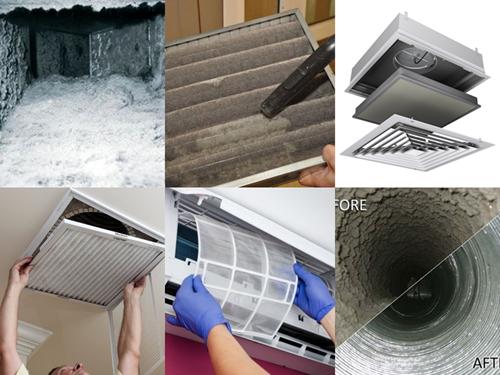
Both employers and employees have an important role to play in controlling the spread of the virus. HVAC is part of it, as well as all the barrier measures like social distancing, washing hands regularly and wearing a mask. Let’s all join our efforts to fight this virus and, like even Boris Johnson rightly said, wrestle it to the ground!
Good luck and stay safe!
You can reach us vikram.bhujun@prodesign.mu or admin@prodesign.mu if you need help in implementing the measures mentioned in this article.
References:
Position Paper on infectious Aerosols. ASHRAE. 14 April 2020.
Guidance for Building Operations during the COVID-19 Pandemic. ASHRAE. 24 March 2020

